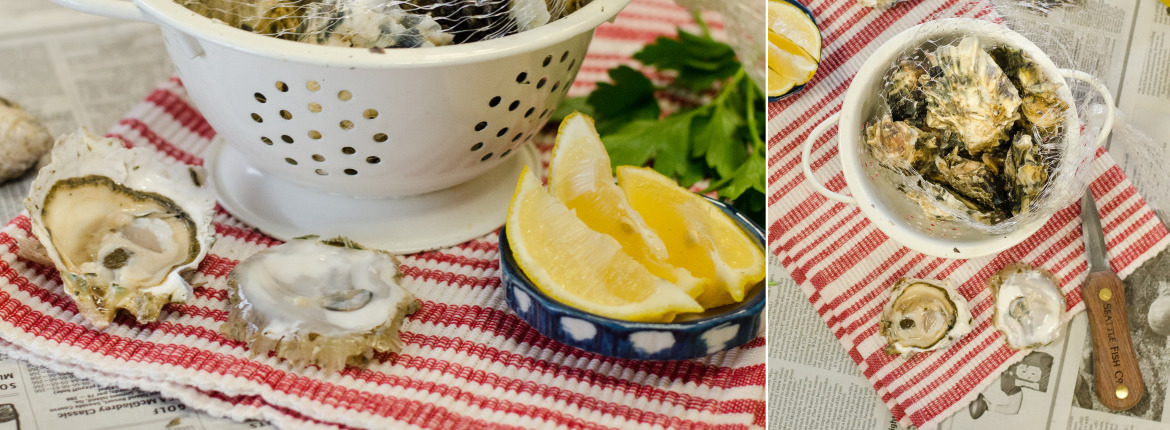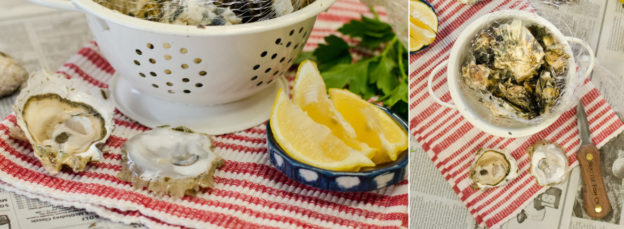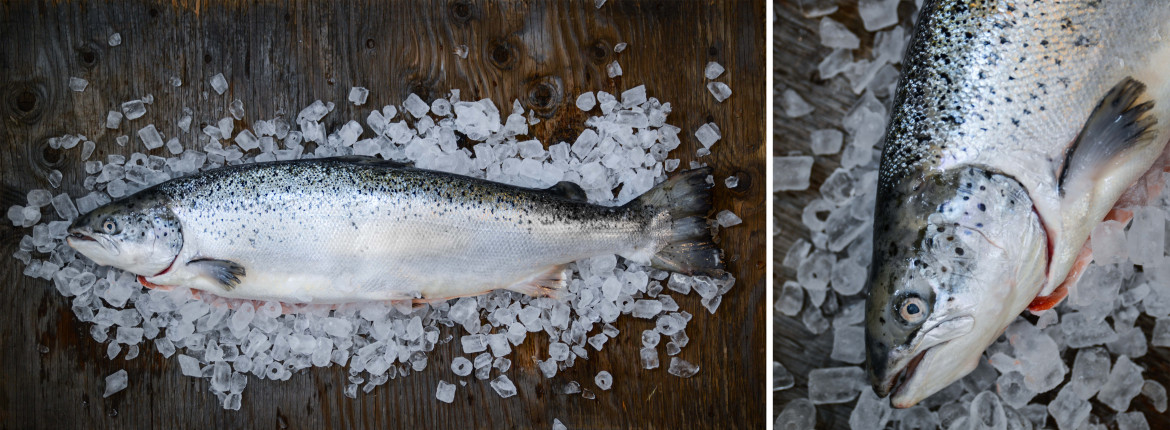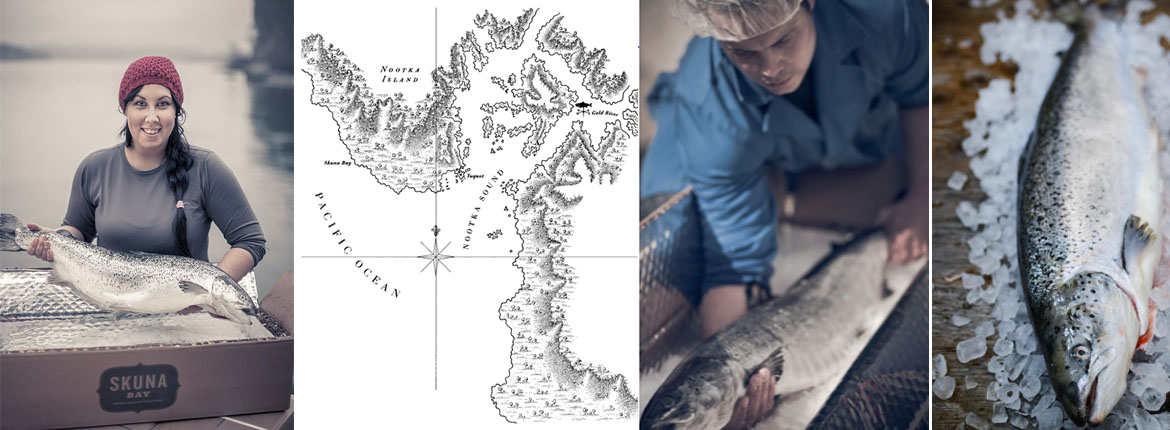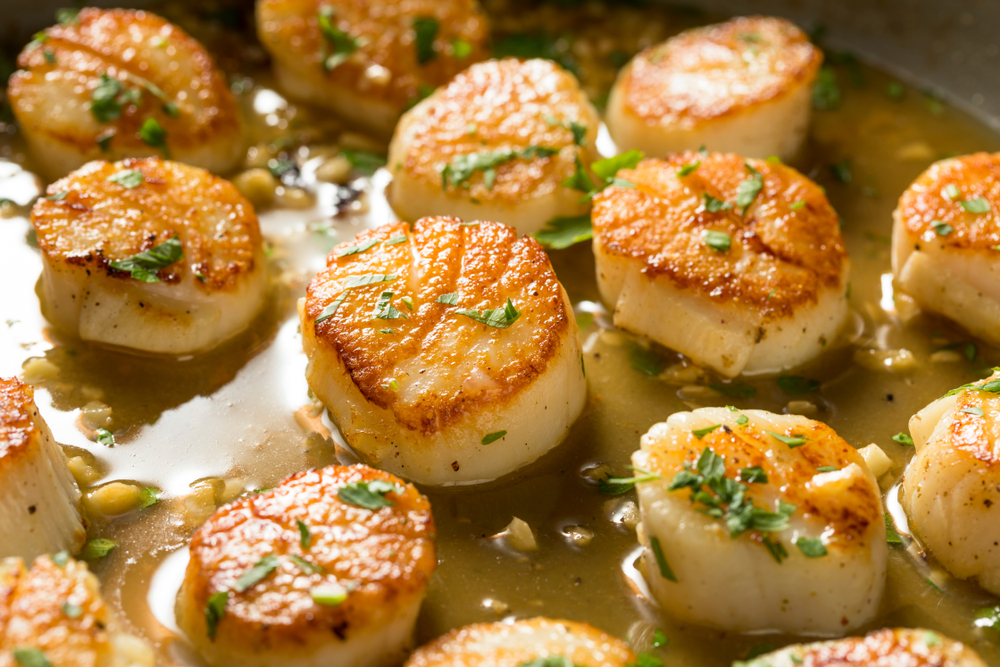Pacific Oysters
The U.S. produces 600 tons of Pacific oysters a year, with the majority being consumed in California and the Pacific Northwest. They are very easy to grow and have become the most commercially important oyster in the world. Oysters are packed with protein and omega-3 fatty acids that are great for your heart and brain. They’re also low in saturated fat. One oyster contains 28 percent of your recommended daily intake of iron.
Common Name
Japanese Oyster, Miyagi Oyster
Scientific Name
Crassostrea gigas
Seasonal Availability
Year-round
Primary Product Forms
Live, in the shell or shucked
Product Profile
Mild
Moderate
Full
Delicate
Medium
Firm
The classic presentation for fresh oysters is raw on the half shell, often served with sauces such as mignonette or cocktail, or even just a squeeze of lemon or dash of hot sauce. They can also be steamed, baked or grilled.
Farmed on the West Coast of the United States and Canada.
Rated Best Choice (green) by Monterey Bay Aquarium’s Seafood Watch Program.
The Pacific Oyster is native to Japan. It was imported to the West Coast of the United States early in the 20th century where it has been the basis of the oyster industry.

